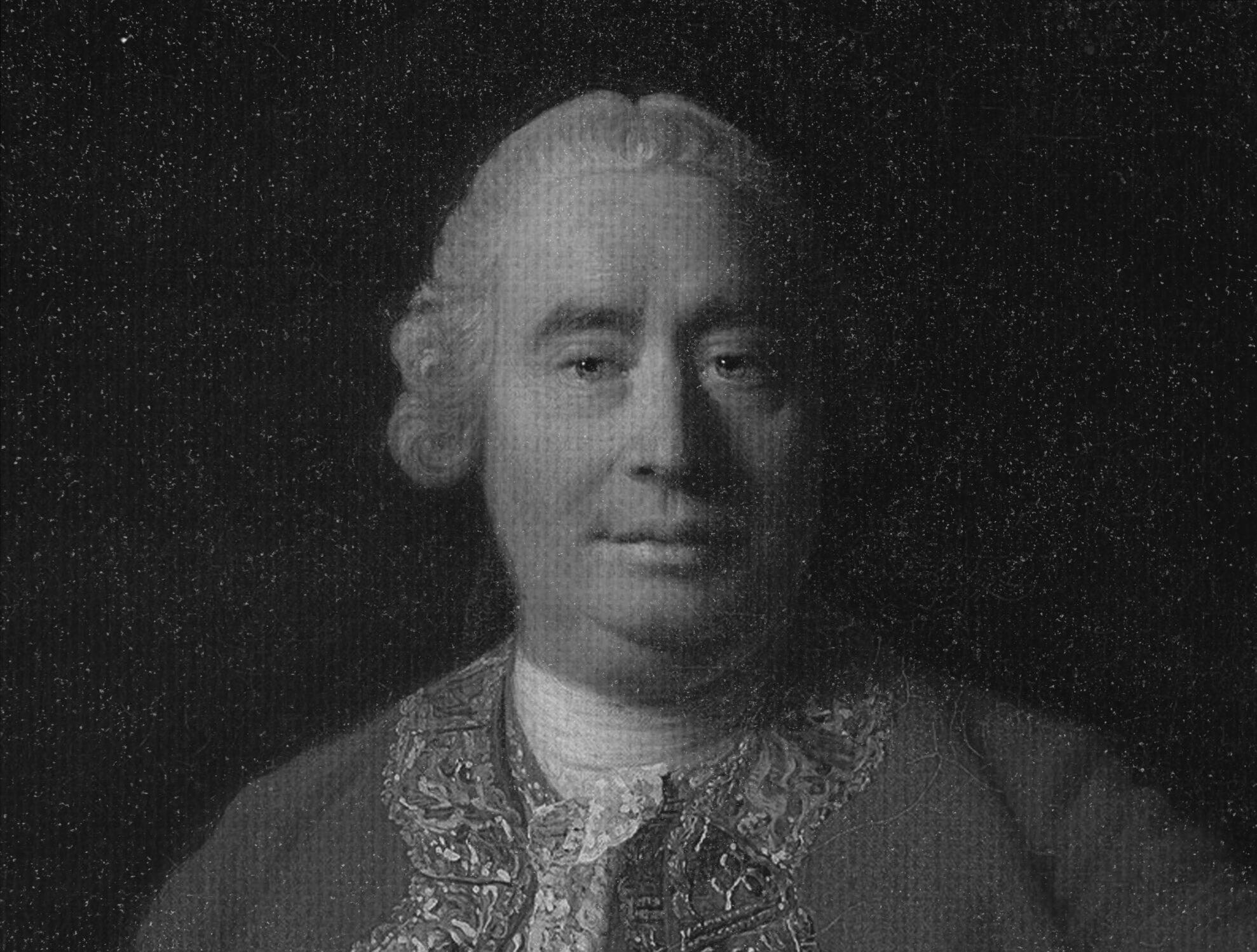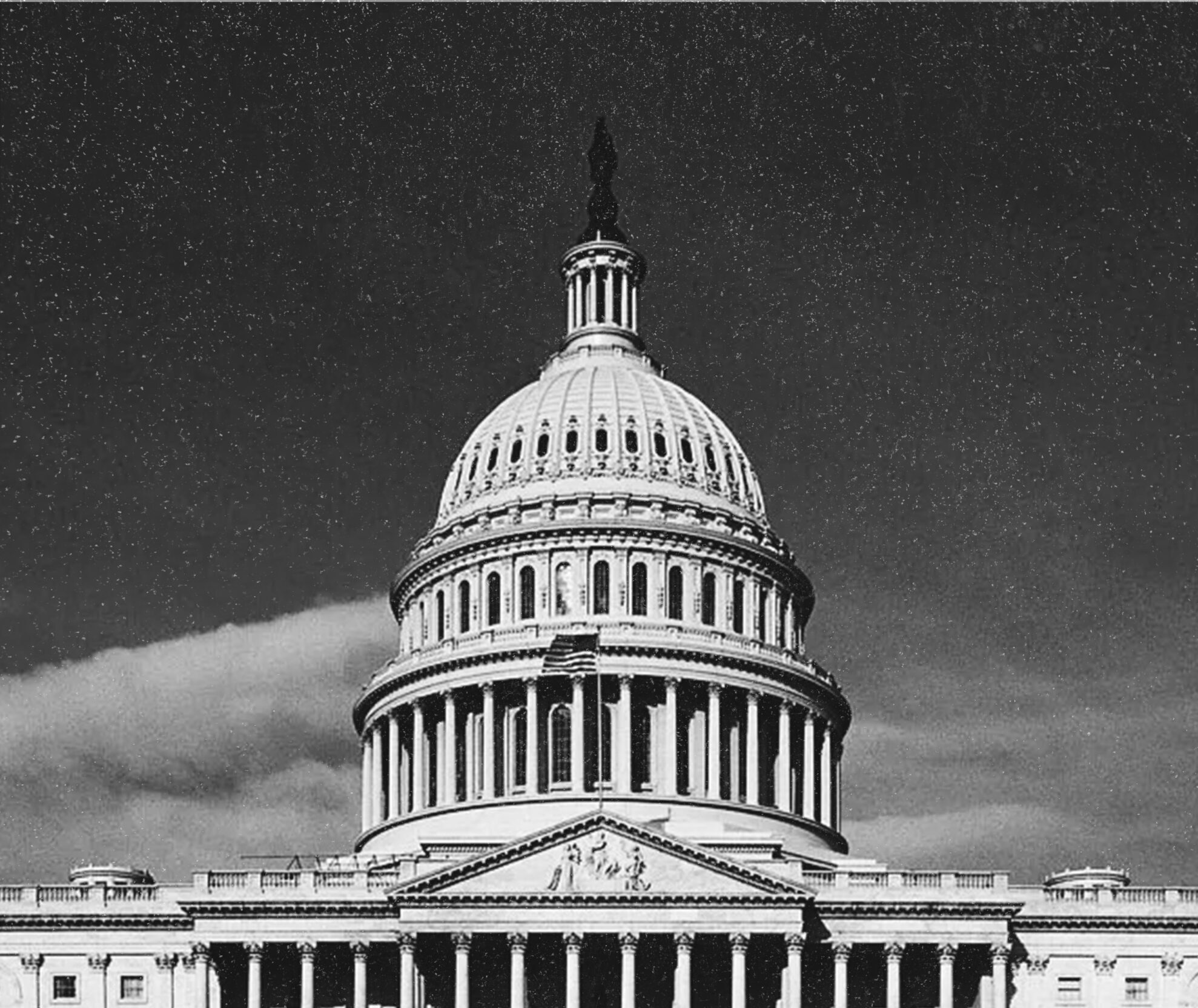
For the past few months, Federal Reserve Chair Jerome Powell has assured markets that high inflation would be temporary, as prices would naturally fall once supply constraints ease up. Testifying before the Senate Committee on Banking, Housing, and Urban Affairs on November 30, he reiterated this view. However, he also signaled that the Fed would take steps to rein in inflation.
“We are committed to our price-stability goal,” Powell said. “We will use our tools […] to prevent higher inflation from becoming entrenched.”
Markets got the message. “He’s ready to shift the Fed into inflation-fighting mode,” Bloomberg’s Brian Chappatta reported. The five-year breakeven inflation rate, which peaked at 3.17 percent on November 15, declined from 2.91 percent on November 29 to 2.70 percent on December 1.
Powell’s pivot is perhaps not surprising. President Biden nominated Powell to serve another term as Fed Chair on November 22, relaxing the political constraint Powell appears to have been facing. And the latest release from the Bureau of Economic Analysis confirms that inflation has continued to rise.
The personal consumption expenditures price index (PCEPI), which is the Fed’s preferred measure, grew 5.0 percent from October 2020 to October 2021––60 basis points faster than the year-on-year growth observed in September prior. On Tuesday, Powell acknowledged that “overall inflation is running well above [the Fed’s] 2 percent longer-run goal.” Inflation has averaged roughly 3.22 percent per year since January 2020.
The PCEPI and a 2-percent growth path projected from January 2021 are presented in Figure 1. While the high year-on-year inflation rate partly reflects that the price level was well below the 2-percent growth path last year, that is far from the whole story. If the price level had merely grown at 2 percent since January 2021, it would stand at just 103.5 today. In fact, it is 105.8. The price level, in other words, is 2.3 percentage points above the 2-percent growth.

While Powell indicated the Fed is prepared to act to bring down inflation, he was vague about how quickly and how far it can be expected to fall. “Most forecasters, including at the Fed, continue to expect that inflation will move down significantly over the next year,” Powell said.
Perhaps most surprisingly, Powell recommended ditching the term transitory. “We tend to use it to mean that it won’t leave a permanent mark in the form of higher inflation,” he told the Senate Committee. “I think it’s probably a good time to retire that word and try to explain more clearly what we mean.”
I noted back in October that the word transitory invites confusion:
The claim that we are experiencing transitory inflation at present might merely denote that the rate of inflation will eventually return to a more typical rate—something in the neighborhood of 2 percent. In this case, the price level will remain elevated and, correspondingly, the purchasing power of the dollar will remain depressed relative to what was likely expected prior to the deviation.
However, the claim is sometimes used to suggest much more: that the rise in prices will not be permanent. In this case, the rate of inflation will decline not merely to 2 percent, but rather to some rate below 2 percent for a period of time, in order to bring the price level back down to where it would have been had the deviation never occurred.
The latter would appear to be more in line with average inflation targeting, which the Fed committed to in August 2020. But others have pointed to statements from Fed officials indicating that they appear to have a flexible average inflation target in mind. A flexible average inflation target would allow the price level to remain elevated so long as the 2 percent rate is restored.
My own view is that the rate of inflation will eventually fall to roughly 2 percent, with the price level remaining well above where it would have been in the absence of the pandemic and corresponding policy response. I do not think this is consistent with the Federal Reserve’s Statement on Longer-Run Goals and Monetary Policy Strategy. But it would not be the first time the Fed has failed to keep its promise.




